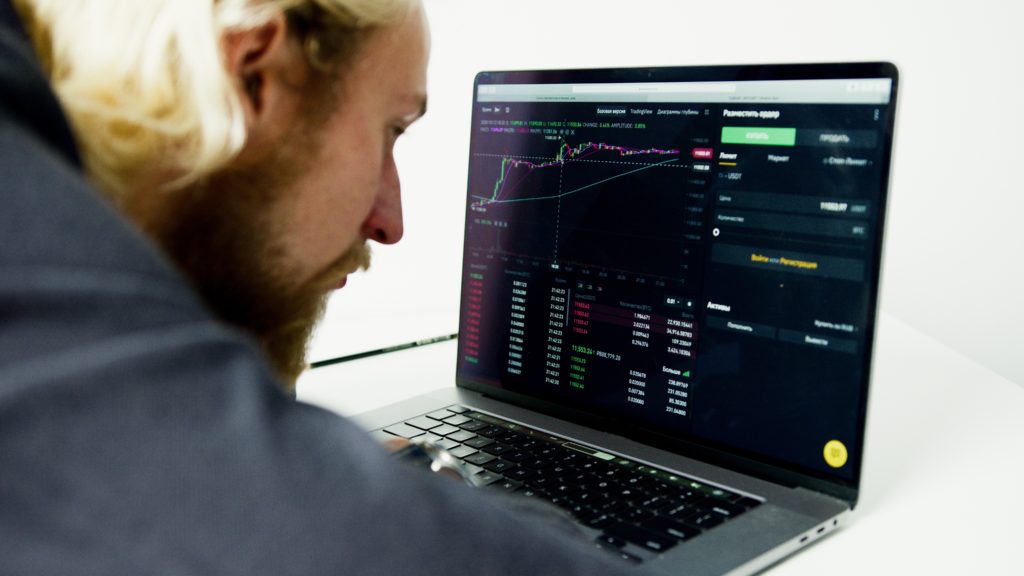Backtesting is a technique used to predict the performance of an investment strategy based on historical data. The concept of backtesting is to look at how your strategy performed in the past, which can give you an idea of what will happen in the future if you follow the same approach again. Backtest Using Python is a general-purpose programming language, which means it can be used in many areas. It also has a large community of users and developers, so if you need help with something specific, there will be someone available who knows how to help.

Python is easy to learn because it’s simple and easy-to-read code (with no unnecessary parentheses). It’s also very versatile which means that it can be used for different purposes such as web development or data science workflows.
The language itself doesn’t have any prerequisites like other languages do – all you need is an internet connection!
What is backtesting?
Backtesting is a process of testing an investment strategy or trading strategy on historical data. It’s used to test the performance of a strategy based on past data and see if it will work in the future.
For example, let’s say you want to invest in stocks that have grown 10% per year over the last five years. You can do this by using backtest software like Python Interactive Brokerage (PIB), which allows users to run simulations based on historical price movements, earnings growth rates and dividends paid by companies over time period they want to analyze.
Difference between backtesting and forward testing
First, let’s understand the difference between forward testing and backtesting. Forward testing is done to test a strategy on historical data (past), whereas backtesting is done on historical data.

Positive aspects of backtesting
It is a way to test the viability of a system before it is implemented.
It can be used to determine the best parameters for a system.
Backtesting is a method used to test a financial strategy or system before it’s deployed. It involves running simulations of historical data using real market data, which helps you identify the strengths and weaknesses of your strategy before implementing it in the real world. The most important aspect of backtest using Python is that it focuses on how well an investment portfolio performs over time rather than making predictions based on current market conditions. This allows investors to see what will happen if they did something different with their money by using historical data from past events like stock market crashes or inflation rates along with other variables like interest rates etc.
